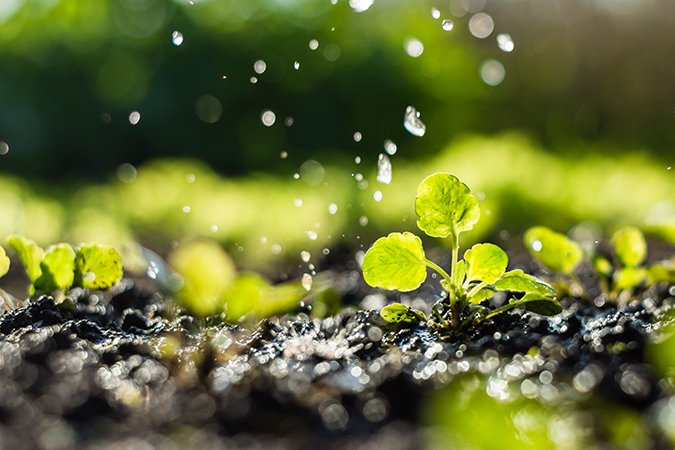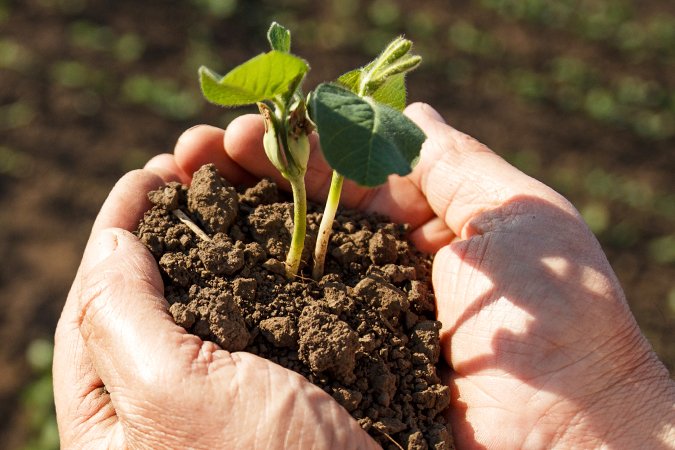Flowering Nutrients
When a plant first starts to flower, it’s almost time to start supplying it with flowering nutrients. At this phase in the plant’s growth cycle, its nutritional needs are different from when it is first forming roots and developing green vegetative growth. This earlier phase is known as the growth phase.
During the growth phase, the most important nutrient is nitrogen – the ‘building block of life.’
Nitrogen helps the plant grow strong stems and leaves, paving the way for later flowering and fruit production.
Nitrogen is not the only important nutrient. It is one of the three primary macronutrients, so-called because plants need them in large quantities. The other two are potassium and phosphorous.
Nitrogen (N), potassium (P), and phosphorous (K) are often deficient in the soil, so gardeners apply fertiliser that lists the amounts of each relative to one another. This is known as the NPK ratio, or NPK value.
The NPK ratio is important for gardeners to know owing to the plant's changing nutritional needs. While nitrogen is especially important during the growth phase, it's not required in such great amounts during the flowering phase. Indeed, too much nitrogen can inhibit a plant's ability to fruit.
Flowering Nutrients: What Are They?
The most important of the flowering nutrients is phosphorous.
This nutrient is vital for the development of buds, flowers, and fruits. On top of this, phosphorous helps hasten a plant’s maturity. For these reasons, fertilisers formulated for use in the flowering phase often have higher NPK ratios of phosphorous than nitrogen and potassium.
While perhaps less significant, potassium also plays a crucial role in flowering but for different reasons. It increases a plant’s drought tolerance, immunity to disease, and provides a more pleasant texture, colour and flavour to its fruits.
If a flowering plant doesn’t have access to enough phosphorous, then its fruits will be smaller, and there may be a delay in its maturity. The older leaves of a phosphorous-deficient plant may also take on a shade of purple. Too much phosphorous, on the other hand, will cause the leaves to turn yellow.
While phosphorous and potassium are the most important flowering nutrients, other essential macronutrients such as calcium, sulphur, and magnesium also play a crucial role in flower development. Fortunately, these can generally be found in sufficient quantities in the surrounding soil.
Flowering Nutrients: When to Apply Them
A plant’s flowering phase tends to begin with a noticeable growth spurt, with some species almost doubling in size in a very short time.
It’s at this point that you’ll spot the first pistils forming. A pistil is the female reproductive part of the plant that’s located in the centre of the flower, with a long stalk, or style, rising out of a slightly swollen base (the ovary).
It’s best to wait until the growth spurt is over before applying flowering nutrients. Once it has slowed down and the first signs of flower formation are clear, then it’s the perfect time to give them a helping hand with a fertiliser that’s specially designed for flowering plants such as BAC’s Organic Bloom Stimulator. This phosphorous and potassium-packed product works with micro-organisms in the soil to improve uptake of flowering nutrients, resulting in abundant flower production.




